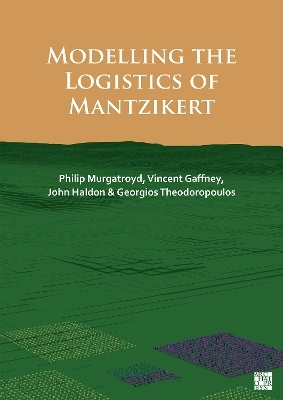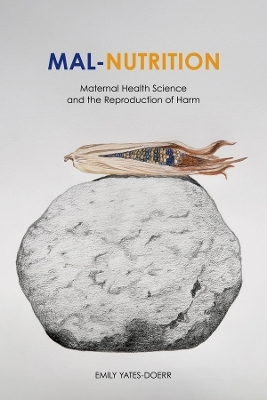
Modelling the Logistics of Mantzikert
Archaeopress (Verlag)
978-1-80327-799-8 (ISBN)
In AD 1071, the Byzantine Emperor, Romanos IV Diogenes, set out from Constantinople for the eastern borders of his Empire with an army described as “more numerous than the sands of the sea”. His military campaign culminated in defeat by the Seljuk Sultan Alp Arslan at the Battle of Mantzikert. This defeat was to have profound consequences for both Byzantine and Turkish history and is still commemorated in the modern state of Turkey. Yet the historical sources for this campaign contain significant gaps and we know more about the political intrigues surrounding the emperor than we do about how the army moved and fed itself.
The ‘Medieval Warfare on the Grid’ project (2007-2011) was funded by an AHRC-EPSRC-Jisc e-Science grant and set out to use computer simulation to shed new light on the Mantzikert campaign. In this book we present the results of the project and demonstrate that computer simulation has an important role to play in the analysis of pre-modern military logistics. It can give new context to historical sources, present new options for the interpretation of past events and enable questions of greater complexity to be asked of historical military campaigns. It can also highlight the similarities that exist across time and space when armies need to be mobilised, moved and fed.
Philip Murgatroyd started his working life in the computer industry before moving into archaeology in 2000. He has been a member of a series of multidisciplinary research projects, including the Anglo-American Project in Pompeii, the Stonehenge Hidden Landscapes project, GG-Top, Medieval Warfare on the Grid and Europe’s Lost Frontiers. He is currently the Project Modelling Lead on ‘Unpath’d Waters’, which is an AHRC-funded ‘Towards a National Collection’ project. Professor Vincent Gaffney is the 50th Anniversary Chair in Landscape Archaeology at the University of Bradford. Current research projects include the ERC-funded Synergy project,SUBNORDICA, and the LBI_ArchPro Stonehenge Hidden Landscapes project. He has worked extensively across Europe, America and Africa. and has received many awards for his work including the European Archaeological Heritage Prize, and the Queen’s Anniversary Prize for Higher Education (1996 and 2022). In 2018 he was awarded an MBE in the Queen’s Birthday Awards for services to scientific research. John Haldon is a fellow of the British Academy and current Director of the Climate Change and History Research Initiative at Princeton University. His research focuses on the history of the medieval eastern Roman (Byzantine) empire, on premodern state systems and structures in western Eurasia, and on the impact of environmental stress on societal resilience in pre-modern social systems, on all of which he has published many books and articles. Georgios Theodoropoulos is currently a Chair Professor of Computer Science and Engineering at SUSTech in Shenzhen, China’s Silicon Valley, having previously held senior positions at the University of Durham, UK, IBM Research, Trinity College Dublin, Nanyang Technological University, Singapore and University of Birmingham, UK. He is a Fellow of the World Academy of Art and Science and the British Computer Society. He is a leading authority in Distributed Multi-Agent Simulation of Complex Systems.
Acknowledgements
Chapter 1 – Introduction
Chapter 2 – The Historical Context
Chapter 3 - The Byzantine World
Chapter 4 - Logistical Considerations
Chapter 5 – 19th century military writing
Chapter 6 – The Models
Chapter 7 – Results
Chapter 8 – Conclusions
Bibliography
| Erscheinungsdatum | 22.08.2024 |
|---|---|
| Verlagsort | Oxford |
| Sprache | englisch |
| Maße | 203 x 290 mm |
| Gewicht | 1021 g |
| Themenwelt | Geisteswissenschaften ► Archäologie |
| ISBN-10 | 1-80327-799-8 / 1803277998 |
| ISBN-13 | 978-1-80327-799-8 / 9781803277998 |
| Zustand | Neuware |
| Informationen gemäß Produktsicherheitsverordnung (GPSR) | |
| Haben Sie eine Frage zum Produkt? |
aus dem Bereich


